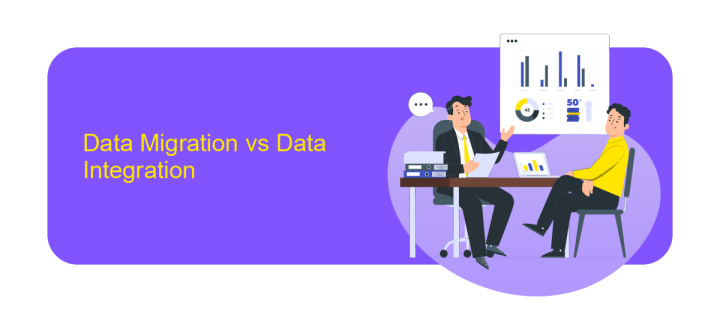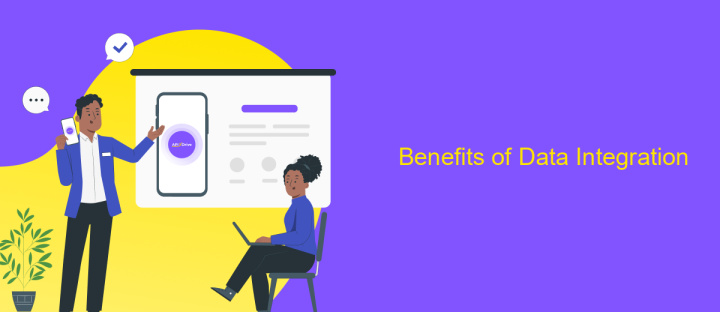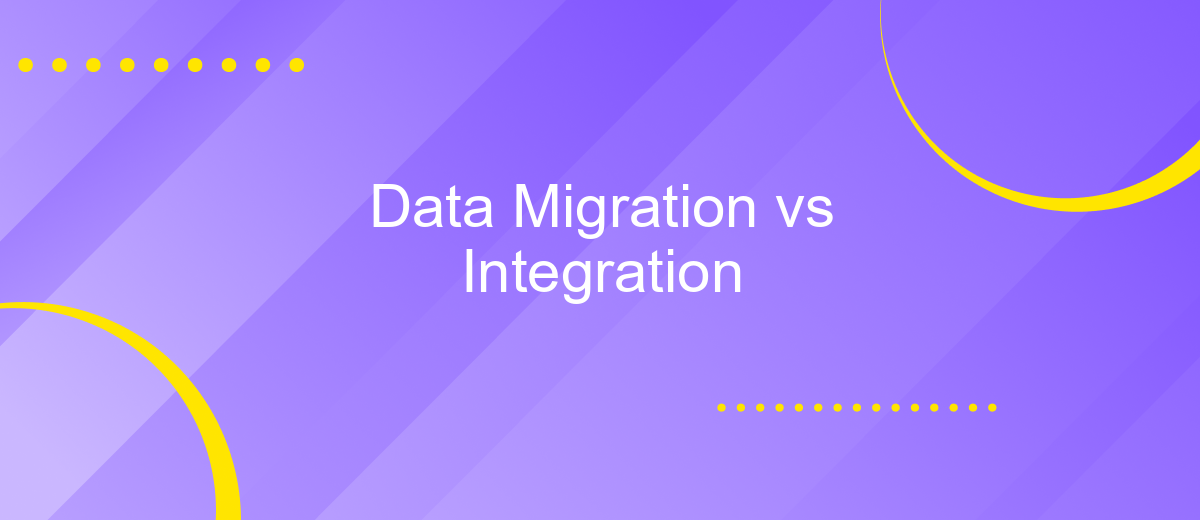Data Migration vs Integration
Data migration and data integration are two critical processes in managing and utilizing data within an organization. While data migration involves transferring data from one system to another, data integration focuses on combining data from different sources to provide a unified view. Understanding the differences and the unique benefits of each process is essential for effective data management and strategic decision-making.
Introduction
Data migration and data integration are two critical processes in the realm of data management, each serving distinct purposes and offering unique benefits. While both involve the handling of data, they address different needs within an organization. Understanding these differences is essential for making informed decisions when planning data strategies.
- Data Migration: The process of transferring data from one system or storage solution to another.
- Data Integration: The process of combining data from different sources to provide a unified view.
By distinguishing between data migration and data integration, organizations can better strategize their data management practices, ensuring seamless operations and improved data accessibility. This introduction aims to clarify these concepts, setting the stage for a deeper exploration of their roles, methodologies, and impact on business processes.
Data Migration vs Data Integration

Data migration involves transferring data from one system to another, typically during system upgrades or consolidations. This process ensures that all historical data is preserved and accessible in the new environment. It is often a one-time event, requiring careful planning to avoid data loss or corruption. Data migration focuses on moving data without necessarily changing its format or structure, making it a critical task during system transitions.
Data integration, on the other hand, is an ongoing process that combines data from different sources into a unified view. This is essential for businesses that rely on real-time data analysis and reporting. Services like ApiX-Drive facilitate seamless data integration by automating the synchronization between various applications and databases. Unlike data migration, integration ensures continuous data flow and consistency across platforms, enabling better decision-making and operational efficiency.
Benefits of Data Migration

Data migration offers numerous advantages that can significantly enhance business operations and decision-making processes. By transferring data from outdated systems to more modern platforms, organizations can ensure data accuracy, consistency, and accessibility, leading to improved overall efficiency.
- Enhanced Performance: Upgrading to newer systems can optimize data processing speeds and reduce latency.
- Cost Efficiency: Modern platforms often require less maintenance and can reduce operational costs.
- Improved Data Quality: Data migration helps in cleaning and validating data, ensuring higher accuracy and reliability.
- Scalability: Newer systems are typically more scalable, allowing businesses to handle growing data volumes effortlessly.
- Regulatory Compliance: Modern systems often come with built-in compliance features, aiding in meeting industry standards and regulations.
In conclusion, data migration not only streamlines data management but also supports organizational growth by leveraging advanced technologies. By adopting data migration strategies, businesses can stay competitive and agile in an ever-evolving digital landscape.
Benefits of Data Integration

Data integration is a critical component for organizations aiming to harness the full potential of their data. By combining data from various sources, businesses can achieve a holistic view of their operations, enabling more informed decision-making and strategic planning. This comprehensive approach ensures that all relevant data is accessible and usable across the organization.
Moreover, data integration enhances the quality and consistency of data. When data from different sources is integrated, it is often cleaned and standardized, reducing redundancies and discrepancies. This results in more reliable data, which is crucial for accurate analysis and reporting. Additionally, integrated data systems can improve operational efficiency by automating data flows and reducing manual data handling.
- Improved decision-making through comprehensive data views
- Enhanced data quality and consistency
- Increased operational efficiency
- Better compliance and data governance
In conclusion, data integration offers numerous benefits that can significantly enhance an organization's ability to leverage its data assets. By providing a unified view of data, improving its quality, and streamlining operations, data integration becomes an indispensable tool for modern businesses striving for success in a data-driven world.
- Automate the work of an online store or landing
- Empower through integration
- Don't spend money on programmers and integrators
- Save time by automating routine tasks
Conclusion
In conclusion, both data migration and data integration play crucial roles in managing and utilizing data effectively within organizations. Data migration focuses on transferring data from one system to another, often during system upgrades or consolidations, ensuring that historical data is preserved and accessible. On the other hand, data integration emphasizes the continuous and seamless flow of data between disparate systems, enabling real-time data access and operational efficiency.
Choosing the right approach depends on the specific needs and goals of the organization. While data migration is often a one-time project, data integration requires ongoing effort and the right tools to maintain. Services like ApiX-Drive can significantly simplify the integration process, offering a user-friendly platform to connect various applications and automate data workflows. Ultimately, understanding the distinctions and applications of both processes will empower organizations to optimize their data strategies and drive better business outcomes.
FAQ
What is the difference between data migration and data integration?
When should I use data migration instead of data integration?
What are the main challenges in data migration?
How can I automate data integration processes?
Is it possible to use both data migration and data integration together?
Apix-Drive is a simple and efficient system connector that will help you automate routine tasks and optimize business processes. You can save time and money, direct these resources to more important purposes. Test ApiX-Drive and make sure that this tool will relieve your employees and after 5 minutes of settings your business will start working faster.


